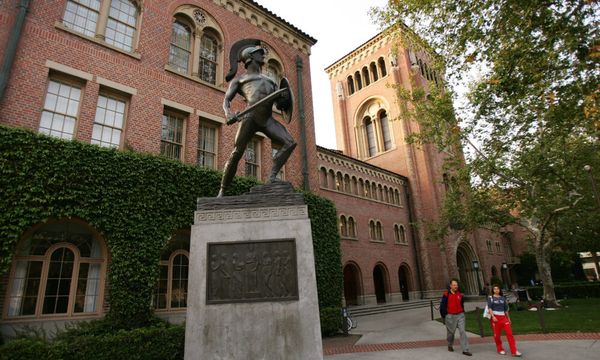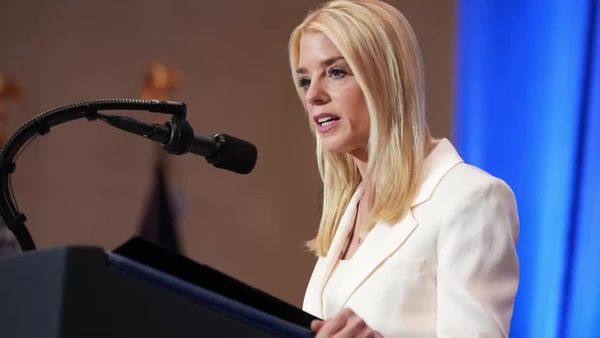
Australian actor Cate Blanchett has drawn the internet’s attention this week. Because she’s pretty and glamorous and successful and promoting a new movie at Cannes? Yes. But also because she dared to raise a public topic people are so very uncomfortable discussing.
Am I referring to her black/white/green dress ensemble that appeared to be a nod to the Palestinian flag? No. This publication has already revealed the white hue in the gown was actually pink. Besides, for some months now Blanchett has been upfront in joining global calls for peace and a ceasefire in Gaza.
Cate Blanchett is in the news because the accomplished and well-rewarded actor mentioned social class. Aloud!
Specifically, Blanchett identified herself as “middle class” in the context of her advocacy for refugee causes. “I’m white, I’m privileged, I’m middle class, and I think, you know, one can be accused of having a bit of a white saviour complex,” she said this week during a Cannes film festival press conference. “But to be perfectly honest, my interaction with the refugees in the field and also in resettled environments has totally changed my perspective on the world.”
It’s a reflexive self-critique. But rather than being lauded for acknowledging the relative power dynamics of her advocacy, Blanchett provoked some revealing scorn.
“‘middle class’ my ass,” commented a TikTok user.
“can we back up and unpack ‘MIDDLE CLASS’ rq [real quick]??!” came another.
“If cate Blanchett thinks she’s middle class, how rich is the upper class?” another wrote.
On and on it went.
So the issue was not positional advocacy, white saviourism or the right to represent. It was Blanchett’s assumed fortune and the degradation of class analysis in contemporary western discourse. The comment-section consensus was that merely by virtue of having pots of Hollywood dollars, the cultural experience of Blanchett’s rearing, education, exposures, shared rituals and behaviours are invalidated.
Part of this is a cultural translation issue. What Americans understand as the “middle class” is measured in terms of wealth – although the precise criteria varies depending on who’s providing the analysis. The Brookings Institution defines the “middle” as the 60% of Americans living in the 20th to 80th percentiles of household income. America’s Urban Institute identifies them as the 31% of the population with incomes between 250% and 499% above the poverty line. The Pew Research Centre uses US government data to adjust for household size and says about 52% of Americans are middle class. On any of these metrics, our Cate slides easily into the echelons of the “upper” classes.
Back in Australia, however, our analysis of class is inherited from our British colonisers. Unlike the United States, here class is understood as an intersection of the sociological forces of which hard capital is indeed a part – but social capital is paramount. Here, as in Britain, class is expressed not in raw dollar amounts, but individually and collectively in attitudes, perceptible entitlements, proximity to cultural opportunity and performance codes ranging from speech to social habits. The notorious class hierarchy of British accents is one code. In Australia – where blue-collar trades earn $100K+ annual salaries but an award-wage barista might speak down to you as if you’ve just farted out loud at a rowing club dinner – private education has emerged as the real class clanger.
We acknowledge these codes wordlessly, intuitively, often unconsciously in our interactions but we tend to defer to or antagonise those of cultural similarity or separateness to our class experience when we do. The dollars, darlin‘, do not come into it.
Cate Blanchett’s admission of middle classness is consistent with an Australian cultural understanding of it. That admission’s context as self-deprecation while in the performance of public virtue is, perhaps, even more identifiably bourgeois.
I’ve written recently about classism as the prejudice that dare not speak its name; I did not expect the old discourse of class consciousness to be resurrected by someone as popular and photogenic as Cate Blanchett, and I am thrilled that it is thus.
Karl Marx, who was somewhat preoccupied with the subject, advocated class consciousness as a precondition for building the solidarity of recognition among exploited people which could collectively mobilise them against injustice and inequality.
He also identified “false class consciousness” inculcated in working people by the cultural institutions of capitalist society to obscure their similarity and recruit them into perpetuating unequal relations. But what would he know?
By the way, whatever the metric – or comparison – 70% of Americans believe they are middle class.
Those who are insistent that Blanchett couldn’t possibly be middle class because they perceive themselves to be that middle may wish to investigate why – and how – they may have become less conscious than they think.
Van Badham is a Guardian Australia columnist







